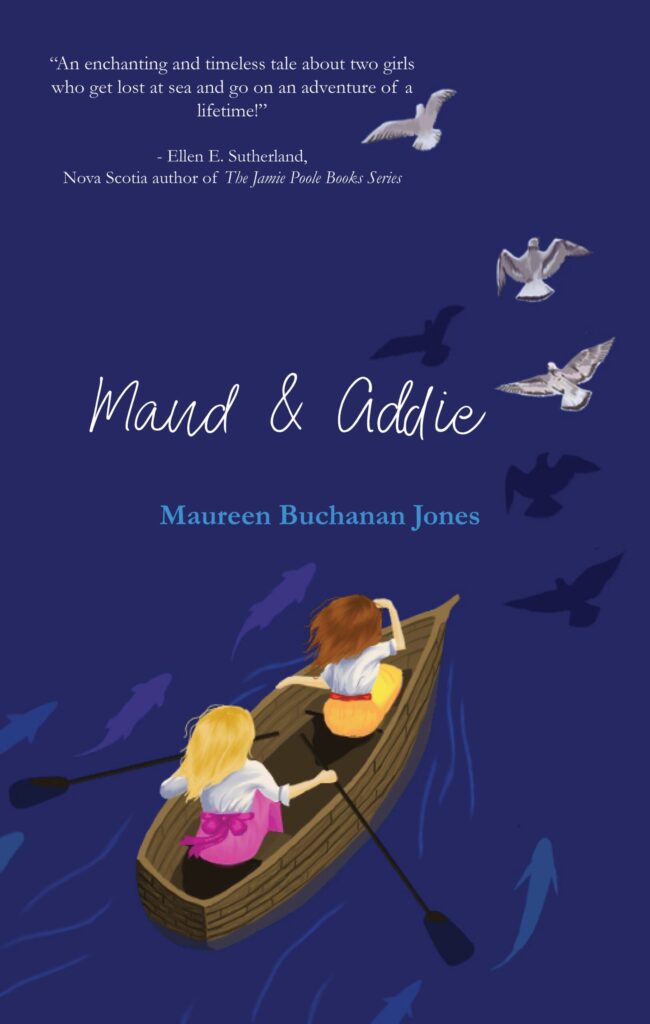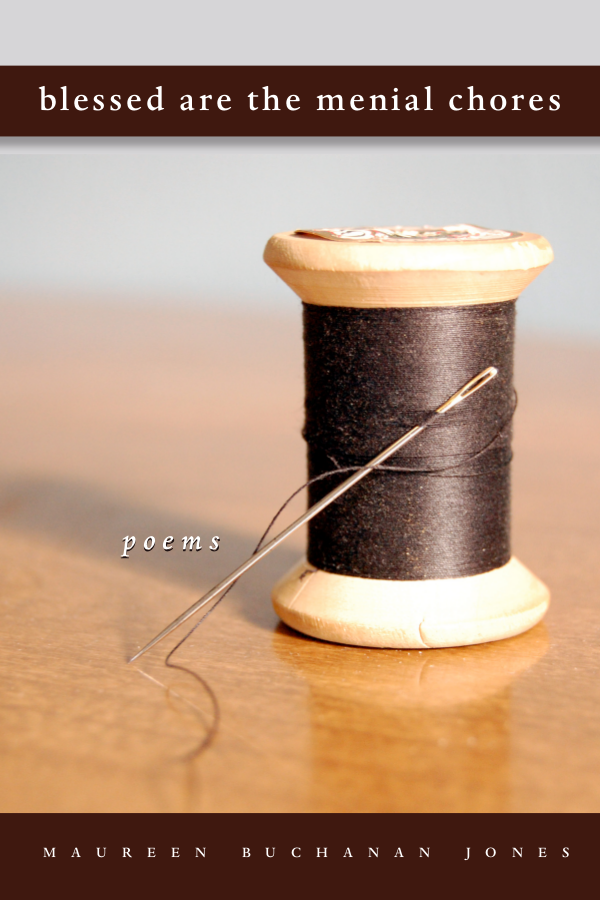“You’re in pretty good shape,” Dr. Ivers told Norman. “Any questions?”
“No, not about me, but I think my wife’s hearing is getting worse.”
“I see. Well, here’s something you can try to see if you’re right.”
Norman went home and followed the doctor’s advice. As soon as he stepped in the front door, he saw Sylvie down the hall and in the kitchen, her back to him as she stood at the kitchen sink.
“What’s for dinner?” Norman called out.
No answer.
Norman moved halfway down the hall. “What’s for dinner?” he asked again.
No answer.
He came up behind Sylvie and said once more, “What’s for dinner?”
Sylvie turned to him and answered, “For the third time, we’re having lasagna.”
This joke, like most jokes, is about lots of things: hearing, relationships, perceptions, and self-awareness. But it’s also a good place to start talking about dialogue. What exactly is it? How does it work? How much do we let our characters say directly to each other, to themselves, to the world at large? For lots of writers, it’s easier to control the story with a narrator who speaks directly to the reader. Dialogue, on the other hand, can feel riskier. What if our characters reveal something we hadn’t intended them to? Or express annoyance at the way the story is going?!
Dialogue comes from the Latin dioalogus and from the Greek dialogos: dia meaning across or between, and logue meaning roughly to speak. Therefore, dialogue means a conversation between two beings. But characters do just what we do: they give monologues, have inner dialogues, give diatribes, one-sided conversations, talk at someone, and talk to themselves. Which means writers have numerous ways to let our characters be out loud even inside their own heads.
Dialogue accomplishes several things at once. It gives an immediate and often intimate sense of a character, while also establishing and developing relationships between characters and the reader. It can inform us of backstory and, at the same time, ratchet up plot tension. Dialogue allows a character to be developed through their way of interacting with others. We have plenty of examples: television, films, and plays are nearly all dialogue partnered with visual information. Most of what we know about the story comes from what characters tell us. In life, conversations happen around us all the time: coffee shops, supermarket aisles, public transportation, museums. We often hear only one end of the conversation. As we listen, we fill in the voice on the other end. We notice what catches our attention; what keeps us listening; how the conversation is pushed back and forth; what is essential and what is filler; what questions surface; what happens when no answers arrive; and what agenda each speaker has.
Am I condoning listening in? Yes, with polite respect. We have a real-world classroom where the rhythms and conversational shortcuts can be learned. If we were the proverbial fly on the wall at Norman’s and Sylvie’s house we might laugh, but we would also learn their assumptions and acceptances of each other. We would want to know what happens next. Unlike a good joke, dialogue doesn’t always have a punchline, but it does allow the reader to be present as the characters grapple verbally with the lives they are living. Listen in and let your characters have their say.
Publications
Maud & Addie “Sure to enchant, Maud & Addie is a touching novel complete with old skeletons, new friends, and the unbreakable bonds of sisterhood.” Vivian Turnbull, Foreword Reviews. To purchase: https://regalhousepublishing.com/product/maud-and-addie/
blessed are the menial chores “Should anyone ask what poetry is, hand them a copy of this book.” Sue Brannan Walker, poet laureate of Alabama 2003 – 2012. Purchase here: https://www.writingfulltilt.com/author/
Prompt Photo





